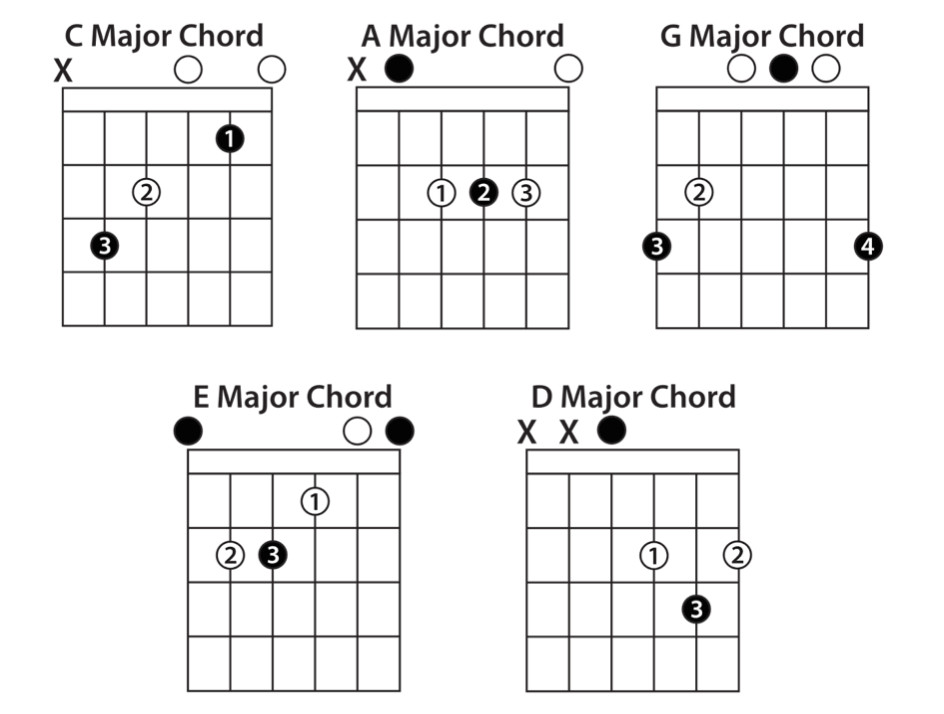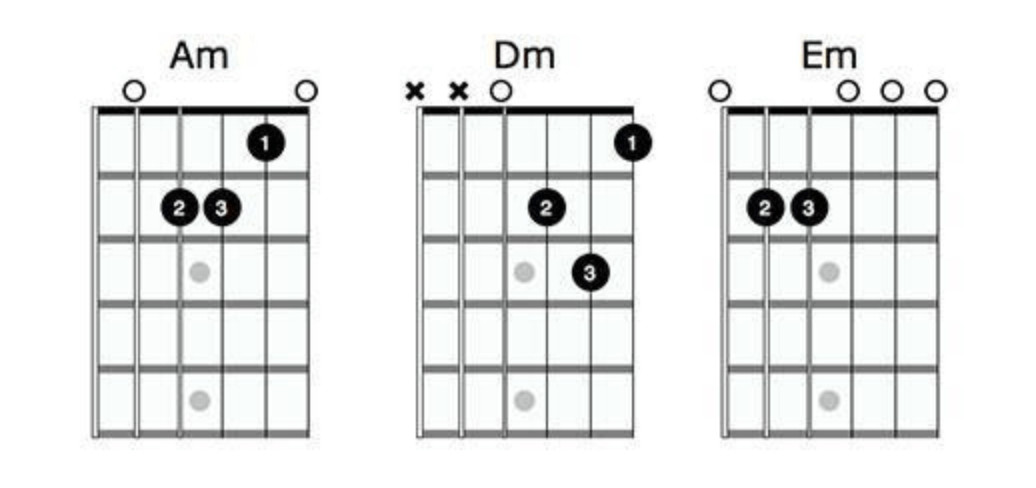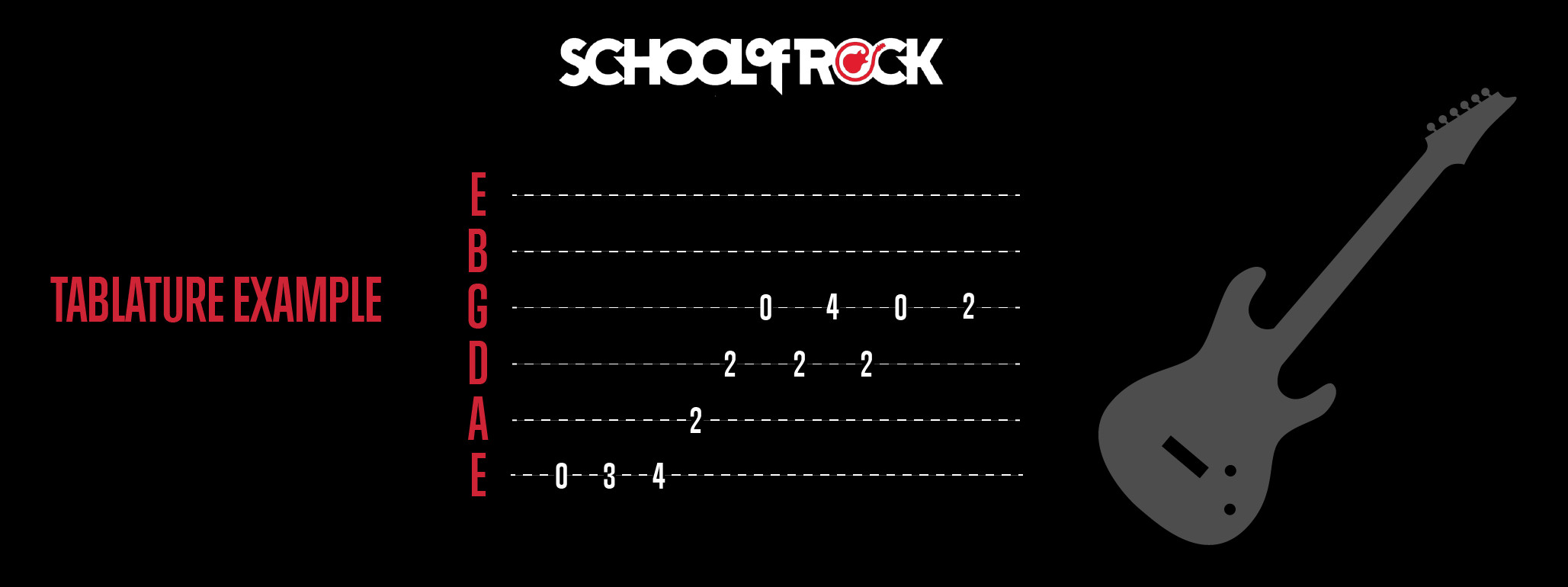Picking up a guitar for the first time is exciting! You’re probably eager to start playing music. But where do you begin? A fundamental starting point for any guitarist is learning chords. Guitar chords are the building blocks of harmony in most music genres. They provide rhythm, depth, and richness that makes music feel complete. While instruments like drums and bass focus on rhythm and depth, most instruments, especially guitars, bring harmony through chords. Let’s explore essential Beginner Guitar Chords, learn helpful tips and tricks, and discover easy songs to kickstart your guitar journey.
The School of Rock method emphasizes practical application, encouraging students to quickly apply lesson room learning to live performances. Guitarists typically learn to play either lead or rhythm guitar. Lead guitar focuses on melodies, riffs, and solos, while rhythm guitar centers on chords and techniques like strumming and fingerpicking. Mastering chords is crucial for both roles. If you’re considering buying your first guitar or upgrading, check out this helpful guitar buying guide for essential tips.
Understanding Basic Guitar Chord Types
Learning guitar chords can seem daunting initially because of the variety of chord types and ways to play them. However, understanding the basic categories simplifies the process. There are three main types of chords that beginner guitarists should familiarize themselves with first.
Power Chords: The Rock and Roll Foundation
Power chords are often among the first chords new guitarists learn, especially at institutions like School of Rock. Their popularity spans across rock, classical, and contemporary music. Beginners find power chords relatively easy to grasp because they typically involve only two or three strings and frets. This simplified finger placement makes them physically less demanding to play. While versatile enough for any guitar type, power chords are most commonly associated with electric guitars. Electric guitars amplify power chords, allowing for distortion and effects that add significant texture and emotional weight to rock and other genres. Distortion can be applied to other chord types, but it’s power chords that truly define the sonic landscape of many rock songs.
Open Chords: The Beginner’s Best Friend
Open chords are excellent for novice guitarists due to their incorporation of open strings – strings played without being fretted. Like power chords, open chords are beginner-friendly, generally using fewer frets and fingers, making them easier to play than more complex chords. The key difference is that open chords utilize all six guitar strings, whereas power chords often use a subset. In open chords, your fretting hand isn’t required for every string, simplifying finger positioning. A foundational set of open chords is often referred to as CAGED, an acronym representing the shapes of C, A, G, E, and D major chords. We’ll delve into these essential chords and how to play them shortly.
Barre Chords: Stepping Up Your Chord Game
Barre chords present a greater challenge compared to power and open chords, but they are incredibly valuable as you progress. The beauty of barre chords lies in their portability. Once you learn a barre chord shape, you can move that same shape up and down the guitar neck to create a whole family of chords. This eliminates the need to learn completely new finger positions for each chord, streamlining chord transitions. The initial difficulty for beginners stems from the technique required: typically, one or sometimes two fingers must press down multiple strings at the same fret simultaneously, creating a “barre.” While we won’t focus on barre chords in depth just yet, understanding their existence is important for long-term guitar learning.
Mastering Open Guitar Chords for Beginners
Before diving into specific open chords, it’s vital to ensure your guitar is properly tuned. Playing in tune is crucial for a pleasant sound and developing your ear. If you’re struggling with tuning, resources like this guide to tuning a guitar offer helpful tips to get your guitar sounding its best before you start practicing chords.
 Beginner Guitar Chords Diagram
Beginner Guitar Chords Diagram
Let’s now explore the CAGED open chords, essential for beginner guitarists and a cornerstone of the School of Rock’s performance-based teaching method. The acronym CAGED represents five fundamental open chord shapes: C, A, G, E, and D major. The chord diagrams below illustrate each of these shapes, showing you exactly where to place your fingers.
Reading Guitar Chord Diagrams
Understanding chord diagrams is key to learning guitar chords. These diagrams are visual representations of the guitar fretboard, viewed horizontally. The top line of the diagram represents the 6th string (low E), and the bottom line is the 1st string (high E), mimicking the guitar held upright. “X” symbols above a string indicate that the string should not be played (muted). “O” symbols above a string mean it’s an open string, played without fretting. Numbers within the diagram circles on the strings indicate finger placements: 1 for index finger, 2 for middle finger, 3 for ring finger, and 4 for pinky finger. The vertical columns represent frets, starting from the nut (the top of the fretboard). For example, in the A Major chord diagram, the numbers are all within the second fret space, meaning you’ll be playing notes on the second fret. Specifically, your index finger goes on the 2nd fret of the D string, middle finger on the 2nd fret of the G string, and ring finger on the 2nd fret of the B string.
 CAGED Chord Diagrams for Beginner Guitar
CAGED Chord Diagrams for Beginner Guitar
Beyond the CAGED system, several other open chords are frequently used and are relatively easy for beginners to learn. These chords expand your musical vocabulary and allow you to play a wider range of songs.
 Additional Beginner Guitar Chords Diagrams
Additional Beginner Guitar Chords Diagrams
It’s important not to confuse chord diagrams with tablature (TAB). While both are visual aids for guitarists, they function differently. Tablature is a system for representing musical notes and their positions on the fretboard. In tablature, the lines are read vertically, with the bottom line representing the 6th string (low E) and the top line the 1st string (high E). Numbers on the lines indicate the fret to be played on that string; “0” signifies an open string.
 Guitar Tablature Example
Guitar Tablature Example
Chord diagrams are invaluable tools for visualizing chord shapes and fingerings, showing you not only how to play a chord but also suggesting efficient fingerings for smooth transitions between chords. Consistent practice using chord diagrams will help commit these shapes to muscle memory, eventually allowing you to play chords without needing to constantly refer to the diagrams.
Essential Tips for Playing Guitar Chords
As you learn these beginner guitar chords, and any new chords in the future, keep these practice tips in mind:
- Fret Close to the Fret Wire: On a guitar, metal bars called fret wires separate each fret. Position your fingers just behind these wires, closer to the bridge (the end of the guitar). Pressing closer to the fret wire requires less pressure and produces a clearer sound. Experiment to find the sweet spot, usually in the middle of the fret space or slightly behind the fret wire.
- Use Your Fingertips and Arch Your Fingers: Press down on the strings with your fingertips, not the pads of your fingers. This provides more focused pressure and cleaner notes. Maintain a slight arch in your fingers, resembling a “C” shape. This curvature ensures that you only fret the intended strings and avoid accidentally muting adjacent strings, resulting in a clearer, more resonant chord sound.
- Play Each String Individually: If a chord sounds muddy or unclear, isolate each string and play it individually. This helps identify which finger might be improperly placed or not applying enough pressure. By picking each string separately, you can quickly pinpoint and correct any muffled notes, ensuring each note in the chord rings out clearly.
- Practice Fretting and Unfretting: Practice transitioning into and out of chords smoothly. Repeatedly place your fingers into the chord shape (fretting) and then lift them off (unfretting). You can also hover your fingers just above the fretboard in the chord shape while unfretted. This exercise builds muscle memory for the chord shape and improves the speed and accuracy of your chord changes.
Easy Songs to Play with Beginner Guitar Chords
With a grasp of basic guitar chords, you’re ready to start playing songs! Many popular songs are built around simple chord progressions using chords like the CAGED chords and some minor chords, making them perfect for beginners. Here are a few examples:
- “Sweet Home Alabama” by Lynyrd Skynyrd: A classic beginner song using just three chords: C, G, and D.
- “Bad Moon Rising” by Creedence Clearwater Revival: In the key of D, this song also uses three chords: G, D, and A.
- “Love Me Do” by The Beatles: In the key of G, featuring the chords G, C, and D.
- “Eleanor Rigby” by The Beatles: In E minor, this song uses C and variations of Em chords.
- “Time of Your Life” by Green Day: In G major, it uses G, C, Cadd9, and D5 power chords. You can easily substitute the D5 power chord with a regular D major chord for simplicity.
- “Island in the Sun” by Weezer: Uses a four-chord progression throughout the song: Em, Am, D, and G. The bridge section incorporates power chords, offering a chance to practice both open and power chords.
- “Boulevard of Broken Dreams” by Green Day: In F minor, it uses Em, G, D, and A chords. Like “Island in the Sun,” it also uses power chords towards the end, providing further power chord practice.
More Popular Songs for Beginner Guitarists:
- “Hey There Delilah” by Plain White T’s
- “Hallelujah” by Leonard Cohen
- “Redemption Song” by Bob Marley
- “Smoke on the Water” by Deep Purple
- “Stairway to Heaven” by Led Zeppelin
- “Hotel California” by Eagles
Exploring Power Chords Further
Power chords, while simpler than open chords, share similarities with barre chords. Compared to open chords, power chords are less harmonically complex, using fewer notes, typically requiring fewer frets and strings. However, the finger shapes can be conceptually similar.
Consider the example of an A major chord and an A5 power chord. An A major chord contains the notes A, C#, and E. An A5 power chord contains only A and E. The A major chord includes the root, third, and fifth intervals, while the A5 power chord focuses on the root, fifth, and octave (which is the same note as the root, but an octave higher). Essentially, they share a root and fifth, but the power chord omits the third. This omission is significant because the third interval determines whether a chord is major or minor. Power chords, lacking a third, are neither major nor minor. This neutrality makes them versatile; they can often be used in place of either major or minor chords in many musical contexts. Experiment and listen to the difference between an open chord and its corresponding power chord to develop your ear.
Power chords also have a connection to barre chords but are easier to execute initially. Power chords can be played in various ways, including a three-string version that uses a “barre” technique, albeit a simplified one. The “barre technique” involves using one finger to press down two or more strings at the same fret. Practicing two-string barre power chords is an excellent stepping stone towards mastering full barre chords, allowing you to build finger strength and barre technique incrementally.
Power chords are prevalent in various genres, especially classic rock and modern pop music. In School of Rock’s Rock 101 program, beginner guitarists often start with power chords due to their accessibility and relevance to rock music. Here are some songs to practice power chords:
- “Wild Thing” by The Troggs: Primarily uses A5, D5, and E5 power chords, with occasional G5 power chords.
- “Let It Be” by The Beatles: Can be played with either open chords (C, G, Am, F) or power chords. You can substitute C5, G5, and F5 power chords for the open chord versions, demonstrating the interchangeability discussed earlier.
- “Rock and Roll” by Led Zeppelin: Relies heavily on A5, D5, and E5 power chords.
- “I Love Rock and Roll” by Joan Jett: Features E5, A5, and B5 power chords.
- “When I Come Around” by Green Day: Entire song is built on power chords: F#5, C#5, D#5, and B5.
- “Rockin’ In the Free World” by Neil Young: Starts with power chords (E5, D5, C5) and transitions into a mix of power and open chords (Em, D, C).
 More Beginner Guitar Chords Diagram
More Beginner Guitar Chords Diagram
Now that you’ve been introduced to beginner guitar chords and some songs to practice, are you ready to put your newfound knowledge to use? Do you feel you could benefit from structured guidance? School of Rock offers private music lessons and comprehensive music programs designed to set you on the right path. Programs like Rock 101 and the Performance Program are specifically tailored for beginners and intermediate players, helping them apply their private lesson skills to learning and performing full songs in a band setting. These programs foster musical growth alongside valuable life skills, teamwork, and real-world performance experience. Many of the songs mentioned in this article are part of the curriculum in these programs, teaching not only open and power chords but also fundamental music theory. If you’re interested in learning more and taking your guitar playing to the next level, contact your nearest School of Rock location today!
About the Author:
Miranda Morales is a guitar and keyboard instructor at School of Rock Easton in Pennsylvania.

